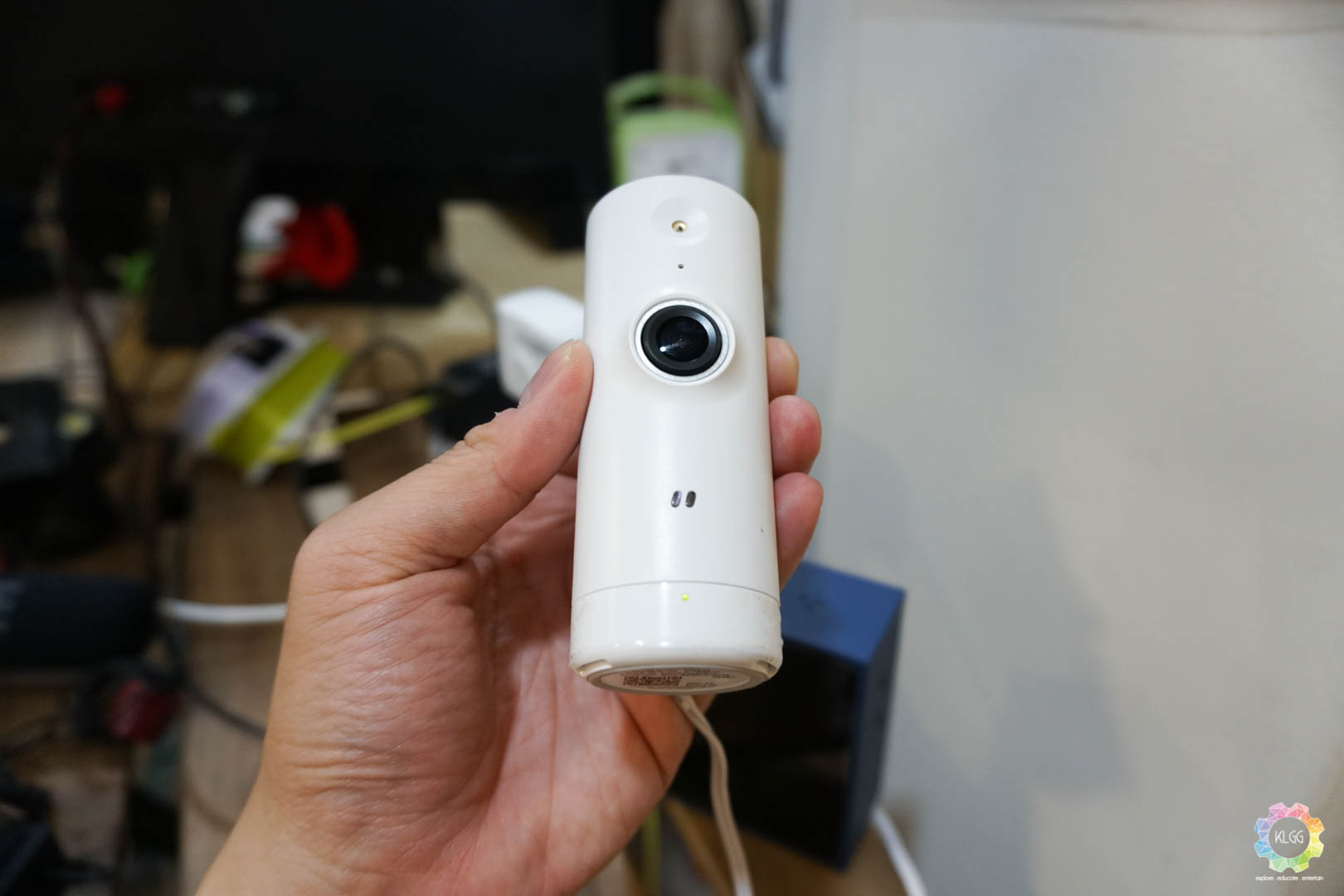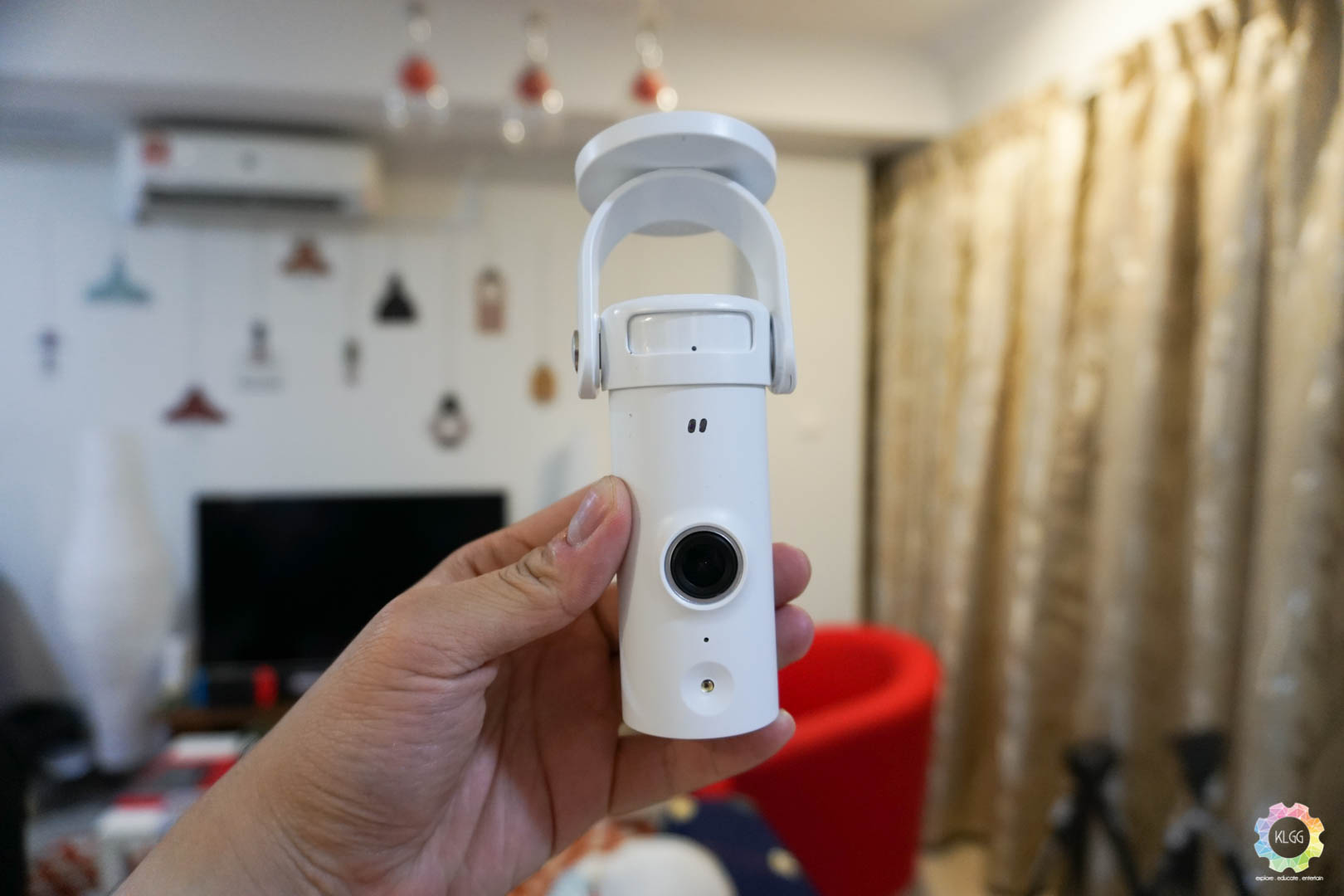While D-Link is most well-known for its networking products, the company has been in the WiFi surveillance camera game way before Chinese companies like Xiaomi’s Mijia and Xiaoyi. Therefore, D-Link’s DCS-8000LH is made to challenge that segment of WiFi cameras, as discrete as it looks, it promises a whole lot of things out of the box – 720P HD streaming, cloud recording, integration with Google Assistant and Amazon Alexa. For under RM200, is this little guy worth investing for securing your home discretely or watch out for your little ones when you are away? We find out.
Design and Hardware



While it would seem like there’s almost no fault with the DCS-8000LH’s hardware, one thing that is missing is a MicroSD card slot, which is quite a bummer as you will not be able to record footage on a physical medium if you don’t have an Internet connection.
Software and User Experience
Setting up the DCS-8000LH is effortless, you will first need to power it up, download the free mydlink app on your iPhone or Android device, scan the QR code attached to the quick start guide after launching the app, follow the guide and name your camera, then it’s done.
The mydlink app should feel familiar to those who have been using D-Link’s smart home products, the app features a user-friendly dashboard that shows your connected devices, shortcuts to automation and one tap actions. For automation, you can set the camera to automatically record when a motion or sound is detected, a push notification can also be sent if the event happens.
Unlike old D-Link IP cameras, there is no web interface so everything you do has to be on the app itself, which is good as it prevents any unauthorized access should your home network is used by guests.
When it comes to smart home automation, I was disappointed that the feature is only limited to show the surveillance footage your TV, rather than telling it to disable privacy mode or set it to any automation mode that you have configured in the mydlink app, so you have to pretty much do everything on the app rather than asking Google or Alexa to do it for you.
Depending on the cloud storage plan you choose, you will only be able to store your footages up to 30 days from the day it was recorded, you also can’t trigger video recording manually like you do on a standard surveillance camera, not unless you save it to your smartphone.
Image and Video Recording Quality
As long as your home Internet connection has a decent upload speed of 5 Mbps, you shouldn’t experience any issues connecting back over a 4G connection. Even though the DCS-8000LH isn’t able to store footage into a physical medium, you can still record and save manually on to your phone.
Picture quality on the DCS-8000LH is reasonably good for a 720P sensor, its not ultra-sharp but it will do well enough for recognizing a face properly from a 10ft distance, the camera also has an infrared sensor that helps shooting in total darkness, the camera’s built-in microphone sensitivity is good and can easily pick up sound 10 feet away.
Verdict
If you are fine by all that limitation and merely want a camera that you can simply access while you are away from home, then you won’t go wrong with the DCS-8000LH, it retails officially for RM199 but some dealers are already offering as low as RM153 on Lazada.
The Good
- Affordable
- Flexible setup with wall mount
- Discrete design
- MicroUSB powered
- Clear sound and good quality video recording
The Not so Good
- No MicroSD card slot
- D-Link cloud storage service only stores videos for days
- Limited home assistant features

